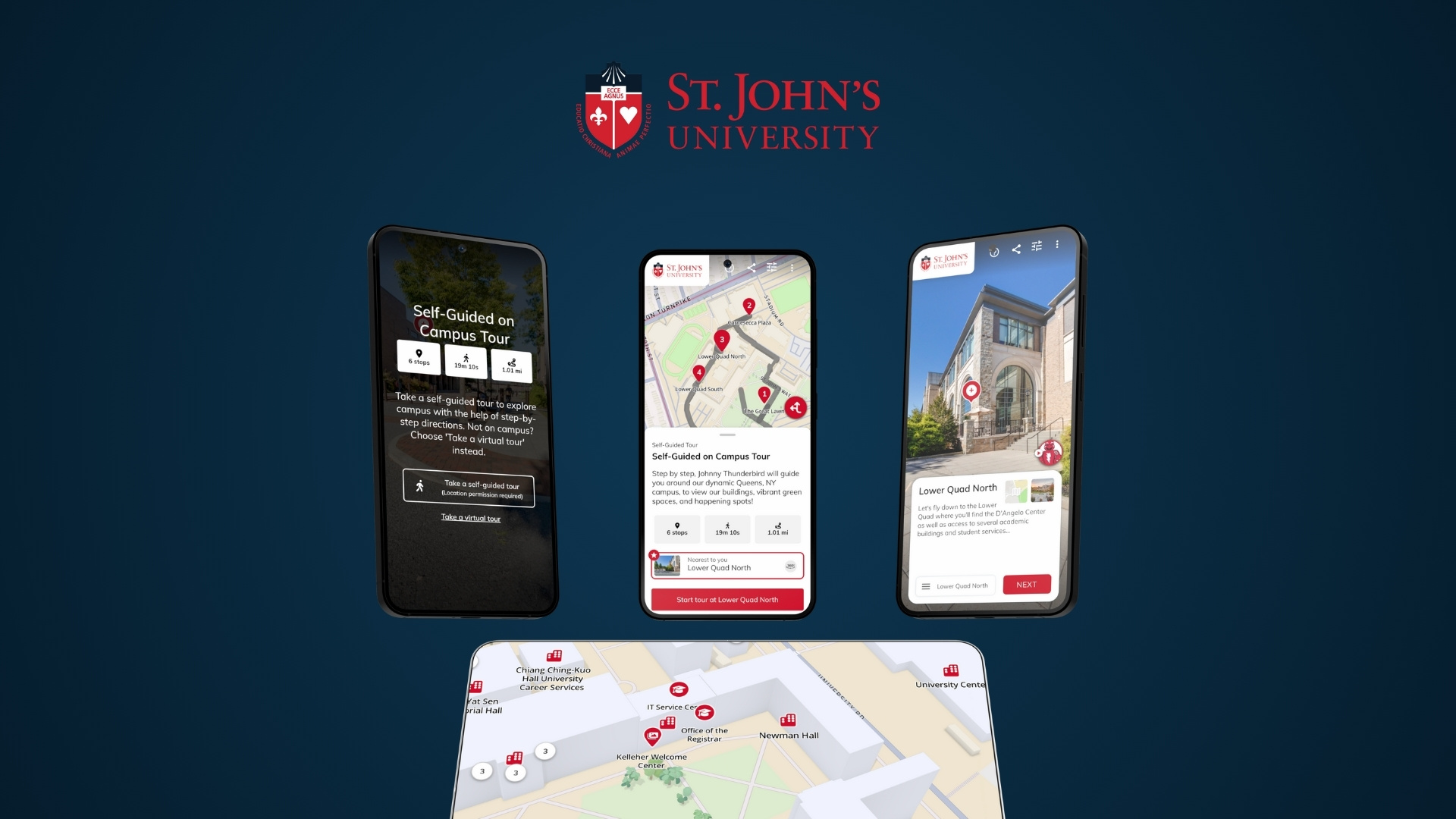.png)
It’s no secret that video is an increasingly powerful tool for engagement. Users of all ages are interacting with video content daily. According to HubSpot, millennials watch online videos for 2.4 hours a day while Gen Z averages 3.4 hours. Marketers are seeing impressive results in conversion thanks to video strategy. Wordstream reported that marketers who use video grow revenue 49% faster than non-video users.
The value of video marketing extends to your virtual tour. Through Google Analytics research of 18,000 sessions in 12 high-performing Circuit tours, we found that users spend 80 per cent more time on scenes that included a video element. Not only is this great news for engagement but it also means that prospective customers are willing to learn more about your brand and your community through video.
With all of this in mind, you may be wondering how to get started with video?
Video marketing can be intimidating. At first, the resources or skills to create video can seem out of reach. Perhaps you are more confident writing copy. Or maybe you are nervous about coming up with video inspiration. Here are five tips for incorporating video into your virtual tour.

Use video narrators to speak directly to your audience
Video brings a more personalized approach to the content you are sharing with viewers. Some customers, like Crescent School, use video narrators throughout the tour to introduce the school and bring visitors along the journey. Having a virtual tour guide allows you to share personal anecdotes about your space with potential customers, helping them envision their life in your spaces and hear from people already experiencing what you have to offer.

Repurpose vlogs and videos you’ve already created
It’s no secret that these days, many teams and people are strapped for time and resources. Utilizing previously captured content makes your life easier. Content you’ve already produced for websites, email campaigns or social media can be easily added into your virtual tour CMS for additional exposure. Brock uses a video podcast as part of their strategy and shares the footage inside their virtual tour to help students get to know their academic opportunities.

Use testimonials to share stories with your community
In a 12,000 person study of YouTube watching habits, people cited their primary reason to watch was to ‘relax and unwind’. More interestingly, were the reasons that rounded out the top three, which were ‘teaches me something new’ and ‘allows me to dig deeper into my interests’. Videos within a virtual tour can give context that you may not be able to give through written copy. It also adds facial expressions, personality and additional information that you may not be able to fit into a guide card. Some customers, like Michener, use program videos with students and professors sharing their experiences to accompany 360 scenes within their tour. These videos teach the viewer about course content in a span of two minutes and can pique their interest about the subject matter. This strategy takes visitors further into your content and gives them a “behind-the-scenes” look using accounts of real people.

Incorporate short, cinematic clips into your homepage to get visitor’s attention
Successful use of video can also mean thinking outside of your tour scenes. Perhaps you have awesome drone footage that shows off your campus from above or strong b-roll that you haven’t had a chance to incorporate into anything yet. This type of content can be pulled together on your tour homepage, like Canadore’s, as a highlight reel to excite your audience. Think of it as a trailer for your tour, full of strong shots that offer a sneak peek into the interesting content and stories inside your tour.

Keep it to short-form content and monitor analytics to ensure your videos are relevant
While Gen Z and millennials are spending more time watching online video than other generations, they are less patient viewers and value short-form content over long-form (55%, according to a Think with Google study). If your goal is to have visitors progress through as many scenes in your tour as possible, we suggest keeping videos short and tightly aligned with the virtual tour scenes. This approach limits content fatigue while giving viewers added value. A great example of this Carleton University, who connect their super lab space to a teaser trailer for their chemistry course. The video shows students what they will study within the space. Your analytics will show overall video performance and its connection to exit rate, if there is one. By making adjustments from tour data, you can avoid drop-off and ensure your content is relevant to your audience.


.png)




